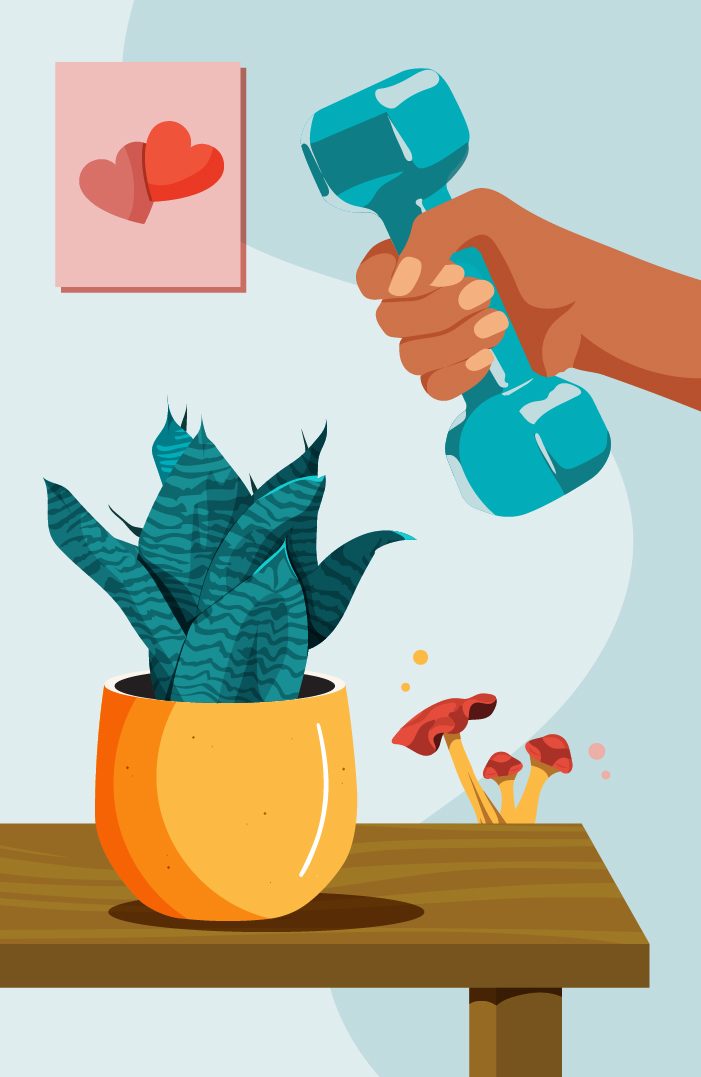Usage For Fever, White Discharge, Heavy Menstrual Bleeding, Nosebleeds, & Dry Cough For Epilepsy (Apasmara) White Discharge (Shweta Pradara) For Migraine Chronic Fever Introduction Kasis godanti ash is a revered component in Ayurvedic medicine, known for its therapeutic properties. This unique formulation combines Kasis (Ferrous Sulfate) and Godanti (Gypsum) to create an ash used for treating various ailments. Rooted in ancient practices, Kasis Godanti Ash has withstood the test of time, continuing to be an integral part of holistic health remedies. Preparation & Composition Ingredients and PreparationMix 10-10 tolas of purified Kashis and Godanti with aloe vera juice. Grind it for 6 hours and make small tablets. Dry these tablets, seal them, and then heat them using the “Gajput” method. After 2-3 rounds of heating, the mixture turns into a fine ash similar to Sindoor. Dosage Take 1 to 3 Ratti (a traditional unit) with sugar, milk, or honey. For fever, use it with ginger juice and honey. Usage For Fever, White Discharge, Heavy Menstrual Bleeding, Nosebleeds, & Dry Cough Uses: This mineral contains purified gypsum and sulfur compounds. It is highly effective for pitta-related fever, indigestion-related fever, headache, chronic fever, intermittent fever, white discharge, heavy menstrual bleeding, nosebleeds, and dry cough. It quickly relieves symptoms like burning sensation, thirst, headache due to high blood pressure, sleeplessness, and nerve pain. It calms the mind, strengthens the heart, and soothes the brain. For Children It is used fearlessly in repeated doses for treating fever, cough, weakness, malnutrition, indigestion, vomiting, constipation, and loss of appetite in children. For Epilepsy (Apasmara) For epilepsy, known as Apasmara in Ayurveda, Godanti Bhasma is highly effective due to its cooling and calming properties, which help balance aggravated doshas and strengthen the nervous system. Administering Godanti Bhasma with drumstick juice (Shigru Swarasa) and honey (Madhu) provides immediate relief during epileptic episodes. Mix 1 Ratti (approximately 125 mg) of Godanti Bhasma with 5–10 ml of freshly extracted drumstick juice and 1 teaspoon of honey. This mixture should be given every 2 hours to restore consciousness and stabilize the patient. Godanti Bhasma pacifies Pitta dosha, reducing brain heat and inflammation, while also calming Vata dosha, the primary factor causing sudden neurological disturbances. Drumstick juice improves oxygen supply to the brain, nourishes brain tissues, and enhances circulation, while honey acts as a carrier, ensuring faster absorption and providing instant energy. This combination not only reduces the frequency and severity of seizures but also prevents complications by addressing the root cause of the condition. For long-term management, additional brain-nourishing herbs like Brahmi, Shankhpushpi, and Vacha may be used, alongside dietary and lifestyle modifications. White Discharge (Shweta Pradara) For the treatment of white discharge (Shweta Pradara), which is caused by an imbalance of the Kapha dosha as described in Ayurveda, Godanti Bhasma proves to be a highly effective remedy. It balances aggravated Kapha, reduces excessive secretion, and strengthens the uterine tissues. Administer 1 Ratti (approximately 125 mg) of Godanti Bhasma mixed with 1 teaspoon of amla (Indian gooseberry) powder and 1 teaspoon of isabgol (psyllium husk) three times a day. This combination works synergistically to cool and tone the reproductive system, absorb excess moisture, and boost immunity. Alternatively, it can be combined with cumin (jeera) and oak galls (majuphal) for added astringent and detoxifying effects. Godanti Bhasma’s cooling and anti-inflammatory properties address the root causes of discharge, while amla rejuvenates and protects the tissues, and isabgol soothes and regulates moisture balance. Cumin and oak galls help tone the uterine lining and reduce excessive Kapha-related secretions. Regular use alleviates symptoms such as heaviness, fatigue, and weakness, while restoring reproductive health and preventing recurrence. For optimal results, a Kapha-pacifying diet and lifestyle, along with herbs like Lodhra, Ashoka, and Guduchi, can further enhance treatment outcomes. For Migraine For the treatment of headaches, migraines (Adhashishi), and heat in the brain, Ayurveda recommends the use of Godanti Bhasma due to its cooling and calming properties. To prepare the remedy, mix 1 Mashaa (approximately 1 gram) of Godanti Bhasma with 1 Tola (approximately 10 grams) each of ghee and sugar. This mixture should be administered 2-3 times a day for effective relief. The bhasma works by pacifying the aggravated Pitta dosha, which is often the cause of heat and inflammation in the brain. Ghee acts as a nourishing medium, promoting absorption and enhancing the cooling effect, while sugar further reduces heat and provides energy. This combination alleviates pain, reduces inflammation, and calms the mind, offering significant relief from headaches and related symptoms. Regular use under the guidance of an Ayurvedic practitioner helps prevent recurrence and promotes overall mental clarity and brain health. Kapha-Related Headaches For Kapha-related headaches, characterized by heaviness, dull pain, sinus congestion, and a feeling of coldness in the head, a combination of Godanti Bhasma and Samir Pannag Rasa offers quick and effective relief. Mix 1 Ratti (125 mg) of Godanti Bhasma with half Ratti (60 mg) of Samir Pannag Rasa and administer it with warm water or honey, 2-3 times a day as needed. Godanti Bhasma pacifies Kapha and Pitta doshas, reducing inflammation, clearing blockages, and relieving heaviness in the head. Samir Pannag Rasa acts as a strong Kapha-balancing agent, helping to clear nasal congestion, improve circulation, and reduce mucus buildup. This combination is particularly effective for Kapha-type headaches, sinus-related discomfort, and cold-induced headaches. To enhance its effects, follow a Kapha-pacifying diet that avoids cold, heavy, or oily foods and incorporate practices like steam inhalation to clear sinus pathways. This remedy provides rapid relief from symptoms, improves breathing, and restores mental clarity, but it should be used under the supervision of an Ayurvedic practitioner to ensure proper dosage and safety. Chronic Fever Godanti Bhasma is useful in treating chronic fever, intermittent fever, excessive bile, and leucorrhoea. Many doctors today use Godanti Bhasma as a substitute for Amritasatva because its properties are similar to Amritasatva. It can be safely used for pregnant women and children.If chronic fever is accompanied by bile imbalance and dry cough, you can mix Praval Pishti with it.


